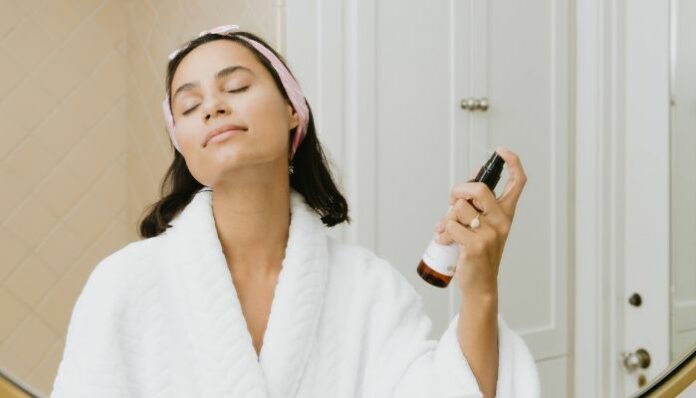
You’re well past puberty and perhaps even noticing the first few signs of aging. So why are you still getting acne breakouts? Adult acne is a common skin condition affecting roughly 12-22% of women. It can be incredibly frustrating to deal with, not to mention the toll it takes on your self-esteem.
The best way to move forward is to arm yourself with information. Then, combat common myths and target the underlying cause of your acne with lifestyle changes and treatments. To get you started, we’ve rounded up some things you might not know about adult acne and ways to prevent and control it.
1. Adolescent and adult acne share underlying causes
No matter your age, acne has the same four underlying causes: bacteria, inflammation, excess oil production, and clogged hair follicles. Your lifestyle choices and other medical factors can cause or worsen acne as well. So before deciding how to treat your breakouts, it’s essential to determine what type of acne you have.
2. Adult acne could be out of your control
Acne tends to run in families, so you might be at a higher risk if your mom or dad still experiences breakouts. While there’s no specific acne gene, your genetics do determine how effectively your body can fight bacterial infections. Also, acne is a symptom of some hormonal conditions like polycystic ovarian syndrome (PCOS).
3. Your daily habits might be increasing your risk
Daily little things can add up and wreak havoc on your delicate skin. For example, touching your face is one of the worst culprits. This transfers bacteria, viruses, dirt, debris, and excess oil with each contact. It’s even worse considering that the average person touches their face around 23 times an hour.
In that same realm, pimple popping may seem like it gets rid of your zits faster. But touching your breakouts can actually drive the infection deeper and worsen your acne. It also makes your skin more likely to scar, so stop yourself if you can.
4. Your breakout location can help identify the cause
According to traditional Chinese medicine, the location of your breakout signifies the problem area. A face map assesses internal functioning, treating acne as a symptom of a larger issue.
For example, chin or jawline acne signifies hormonal imbalance, while breakouts on your nose could indicate blood pressure or cholesterol problems.
Since there’s no scientific evidence to back it up, most dermatologists don’t use these face maps, but many have instead invented similar models.
5. There’s no one-size-fits-all treatment
Since there are so many different underlying causes, habits, lifestyle choices, and medical factors that cause or exacerbate adult acne, there’s no one way to get rid of it that works for everyone.
The odds are good your journey will take a lot of trial and error. But here are some treatment possibilities:
- Hormonal birth control: Improves acne for some and makes it worse for others.
- Spironolactone: Traditionally used as a diuretic but can be an effective acne treatment for women.
- Skin care products: Retinol, alpha-hydroxy acid (AHA), beta-hydroxy acid (BHA), and salicylic acid are a few helpful options.
- Blue light therapy: Reduces acne by killing certain types of bacteria in the skin.
6. Lifestyle changes can help prevent future breakouts
Your physical and mental health can impact the severity of your breakouts, so taking extra steps to care for yourself can help improve your symptoms. For instance, committing to changes like getting plenty of rest, hydrating, cutting out processed foods, and taking time for self-care will set you on the path to recovery.
You should also take extra steps in your daily routine. For example, keeping your pillowcase clean will prevent you from laying on excess oil and bacteria all night long. Plus, washing your face once or twice a day will keep it clean without stripping it of natural oils.
Also, when you have to wear a mask, especially if you wear one daily, avoid wearing makeup underneath. The moisture and friction caused by face masks can irritate your pores. Adding makeup on top will only increase the irritation and clog your pores.
It’s also important to remember that your acne isn’t the most important thing about you.
Because of how our minds work, your acne will always look worse to you than to anyone else. In fact, acne is so common most people won’t even notice mild breakouts, especially from a distance. Others might see it if your case is more severe, but they’ll care about it way less than you think.
On days when you’re having a hard time, remember that there’s so much more to you than what’s on your face – it isn’t what makes you “you.”
Rather than cake your face with makeup that may worsen your acne, try taking short trips without your foundation and see how you feel. After a while, you may just learn to love the way you look again. And since you’ve been letting your skin breathe, your breakouts might get better, too.
Photo by Kalos Skincare on Unsplash


















